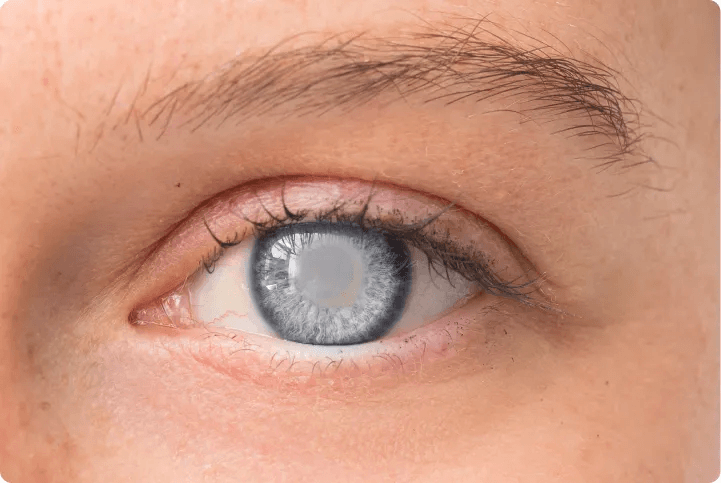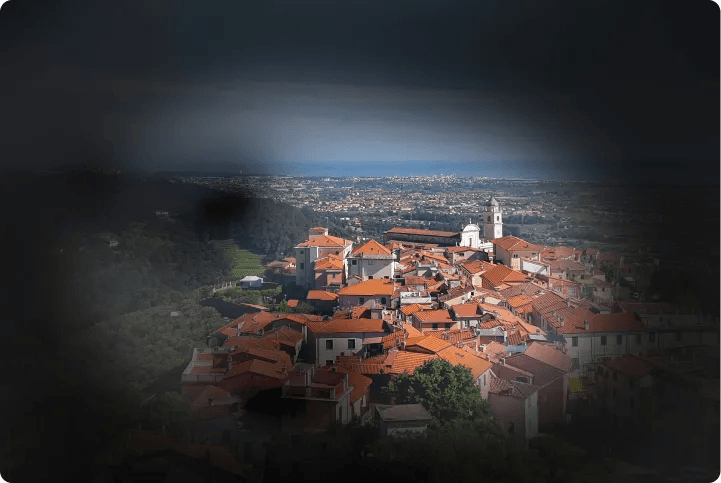Dr. Seah completed his fellowship training in USA in 1991. He served as the head of Glaucoma Service in Singapore National Eye Centre from 1991 to 2005 as well as Head of Glaucoma Research Unit in Singapore Eye Research Institute from 1992 to 2005. In addition, he was the Founding Executive Member of the Asian Oceanic Glaucoma Society (AOGS). Apart from the diagnosis, investigation and treatment of glaucoma, Dr. Seah is a senior eye surgeon who is especially well trained in handling complex glaucoma conditions.
What is Glaucoma?
Glaucoma is a disease that affects the optic nerve connecting the eye to the brain, usually due to build up of fluid pressure within the eye. Unless this pressure is brought down and controlled, this increase in pressure may cause progressive damage to the optic nerve and loss of nerve fibers, resulting in loss of vision. Glaucoma runs in families and the risk increases with age.


